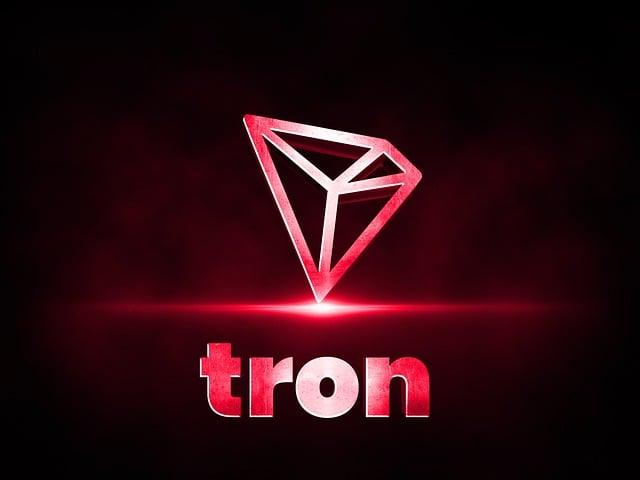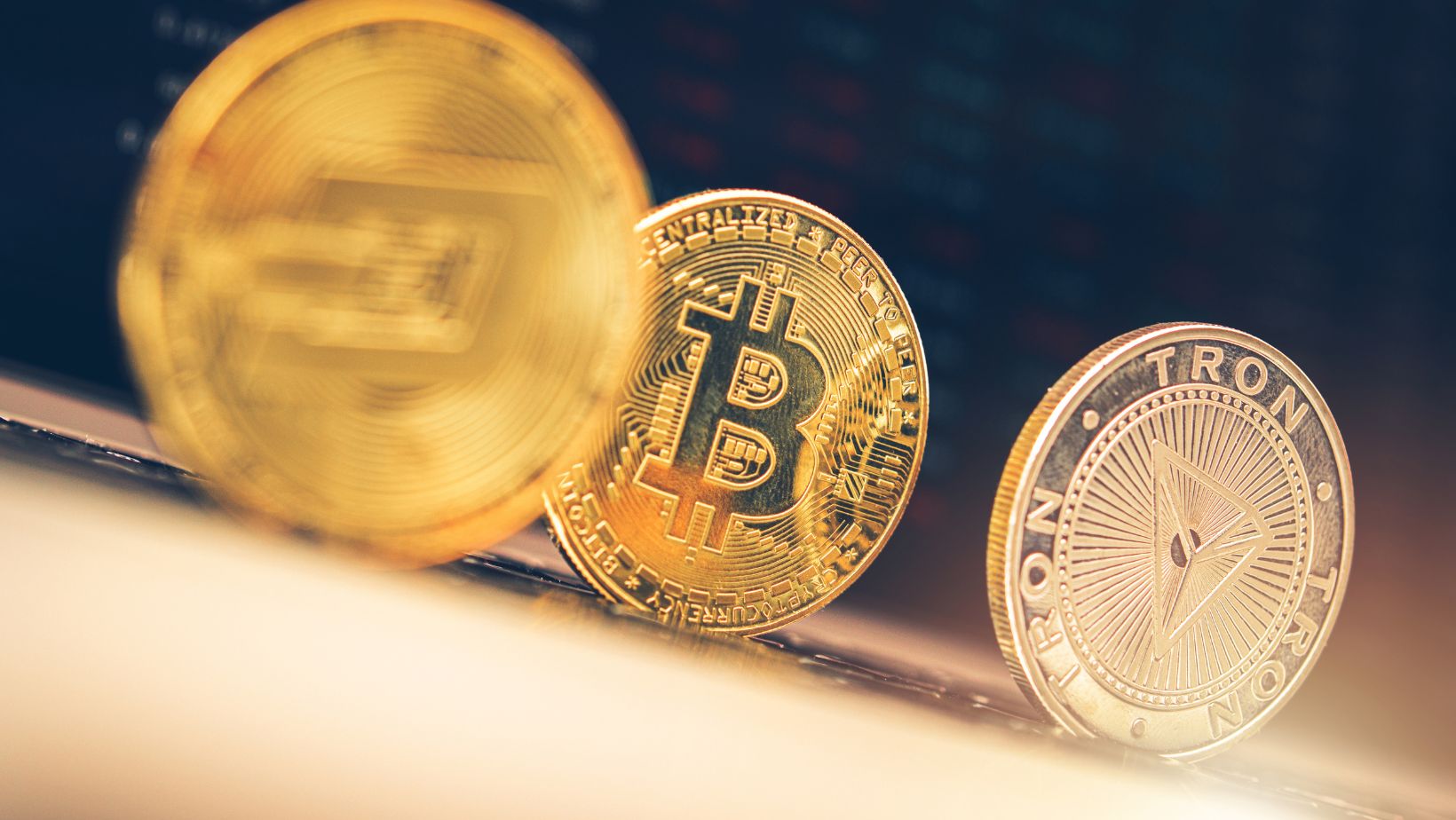Tron (TRX), launched in 2017, is at the heart of the SUN ecosystem, a hub of interrelated DeFi applications and protocols, which includes DEX, PolonieX, and DApps designed to operate on the blockchain-based network. Now one of the top cryptocurrencies by market capitalization, Tron flaunts over a billion dollars in daily trading volume, which translates to higher stability and liquidity. The Tron price today is $0.270663, which indicates a +2.3% increase in the last 24 hours. The founder and CEO of the Tron Foundation, Justin Sun, suggested a promising outlook ahead for TRX, comparing it to XRP’s market performance. The post on X reads, and we quote exactly, “TRX, the new XRP.”
The question now is: What makes Tron unique? If you’re curious to know, you’re not alone. Just take a glance.
Tron Aims To Create A Global System For The Cost-Effective Sharing Of Digital Content
Tron is the native token of the Tron blockchain, modeled using Google Protobuf, a language-agnostic data serialization mechanism that helps platforms and systems communicate with one another quickly and efficiently. As a new content platform, it guarantees security, scalability, and privacy. Moreover, participants can contribute to the processing capacity of their devices to build a user register network. Tron is dedicated to the establishment of a truly decentralized Internet, offering support through high throughput and high availability for all decentralized applications. Its roadmap entails combining BitTorrent’s 100 million users with the Tron network via Project Atlas.
The blockchain consists of three layers: the core layer, the storage layer, and the application layer. Since it has its own built-in smart contract system, Tron can support a large number of applications built on top of the platform, and transactions are measured in how many blocks they occupy in the block.

Tron uses bandwidth points as payments, which can be acquired by staking cryptocurrency for mining. Solidity was chosen as the smart contract language for the Tron ecosystem due to its compatibility with Ethereum and its ability to create and maintain DApps simply and effectively.
Tron Runs On A Delegated Proof Of Stake Consensus Mechanism
Developers can easily access the blockchain at a low cost with a built-in energy mechanism that simplifies transactions and doesn’t charge Tron when executing operations. Tron is an Ethereum Virtual Machine-compatible Layer-1 blockchain that relies on a Delegated Proof of Stake consensus mechanism where network users vote and elect delegates to validate the next block. There are 27 block producers in the network, and any account can apply to become a super representative. The super representative with the most votes becomes a super partner. Delegated Proof of Stake isn’t widely used. Some of the most popular networks using this consensus mechanism are EOS and Sui, but let’s not forget about Tezos.
DApps Run On Tron With Lower Energy Consumption And Higher Security And Efficiency
The Tron ecosystem is especially notable for accommodating stablecoins like USDT, which acts as the primary medium for moving funds between cryptocurrency exchanges. A titan among stablecoins, Tether is pegged to the US dollar, meaning it fluctuates in value with the US dollar and is backed by its reserves. In case you didn’t already know, Tron is working on a gas-free stablecoin solution that could take corporate adoption of blockchain to an entirely new level. Tron’s infrastructure is meticulously crafted for blockchain-based apps as it minimizes resource use. Developers using the blockchain can migrate projects or create a new application without much difficulty, and they’re given bandwidth resources every 24 hours for free – they don’t accumulate over time.
Tron is mostly used in smart contract-based financial projects, such as DEXs, lending platforms, and yield farming opportunities, but it hosts various other projects, like blockchain-based digital identity systems. Anticipating what lies ahead, the community-governed, decentralized, autonomous organization connected to the growing Tron ecosystem could one day evolve into a metaverse free port. To be more precise, Justin Sun wants to provide better opportunities for individuals and businesses to access useful and affordable financial products. The idea is simple: blockchain technology can foster financial inclusion, and greater decentralization allows users to bypass financial gatekeepers (auditors, analysts, credit rating agencies, etc.).
Tron’s Price Tends To Follow The Rest Of The Cryptocurrency Market
Cryptocurrencies are interconnected via prices and volatility spillovers, even if they have their individual market cycles. You can monitor the opening value, high, and close for Tron or any other digital asset, not to mention the trade value. Launched through an ICO in September 2017, Tron traded at roughly $0.002, whereas now, one TRX is worth $0.271346, and long-term predictions range from $0.75 to $1. Some investors are convinced that Tron is nothing more than an Ethereum replica, with no fundamental difference, despite the fact that it’s one of the most active blockchain ecosystems within the cryptocurrency space.
Fluctuations in the value of Tron are challenging to predict, but the blockchain network’s adaptive governance can drive widespread adoption and build a future that excites and fulfills. Many updates have been released to improve key areas. Still, there are many plans to push forward, such as TIP-555, node startup acceleration, and Ipv6 support and DNS. As Tron enters its eighth year, the spirit on which it was founded will continue to drive it forward, and with the world watching, its success/failure will have a ripple effect on the whole cryptocurrency community, which is sensitive to shocks.
Concluding Remarks
Tron provides more scalability and flexibility for DApp developers while ensuring minimal transaction fees and a higher degree of security for end users. Token holders who have excess bandwidth and energy can sell their resources through various platforms, such as JustLend, which has overtaken Aave to rank as the Web3 sector’s largest project. Tron doesn’t have a maximum supply, and it can be inflationary or deflationary, depending on the cryptocurrency market. Blockchain adoption among developers and users can help sustain a deflationary supply of the token, potentially leading to price appreciation over time.
All in all, Tron is accessible on multiple platforms worldwide, it has lower transaction costs compared to Ethereum, and ensures quick transfers or settlements. You can trust the next chapter.





